I went to the Karma tea cafe today that I talked about a few days ago. Them being a new place, I figured I should go check it out in a little more detail than a take out mug.
My girlfriend and I looked at the tea menu. There were many teas on the list, but almost everything is emblazoned with “organic” or “fair-trade”, or both. This makes me think this is a Rishi supplied store, since Rishi does the same thing with both the organic and fair-trade labels.
The tea I had was quite good — a Yunnan gold sort of thing (although there are only a few golden buds in there). Full bodied, nice caramel like aroma, etc. The usual. Smooth, pleasant, and very drinkable.
But I do sometimes wonder about the whole organic/fair-trade thing, especially when it comes to tea. I am no expert on such subjects, but I think these labels are problematic because it always begs the question of what do we NOT have control over, and whether those things aren’t important enough to be significant. Just because a certain tea is labeled organic doesn’t mean that there are no toxins or whatever in them. There was a discussion a while back on RFDT about this problem. I think that while a certain tea can be classed “organic”, it doesn’t mean it is necessarily better than a non-organic tea from the farm next door. After all, a lot of teas that are produced for higher end consumers are organically produced anyway, but getting that certification, especially if you’re a tiny farmer on a small plot of land, is not economical.
There is also the problem of other sorts of pollution that you can’t control. Just because the farm is certified organic doesn’t mean (as far as I know anyway) that the water they use is free of pollutants, that the air is free of soot and suspended particles (there are lots in China), and that sort of thing. They all make their way into the tea, somehow. These are things one can’t control, and IMO, are far more damaging to the tea and the environment that they grow in than any sort of pesticides or fertilizers that one might use. A tea farm next to a highway or downwind from a big steel plant will be soaking up all sorts of nasty stuff no matter what. Then, of course, there’s also the fact that many kinds of teas are grown without the use of such things in the first place.
As for fair trade…. there are good economic arguments for why that is a bad idea. It sounds nice in theory, but ignores some larger problems. I suppose that being from Hong Kong, a prime example of capitalism at work, I believe that market forces work things out in the most efficient manner when free from interventionist schemes. After all, farmers in the famous areas for puerh are some of the highest paid people in Yunnan now, and I don’t think they have any sort of fair-trade certification.
What I seem to see a lot, especially in the US though, is that tea is often associated with precisely this sort of thing. I think it is partly a reflection on the sort of people who drink tea regularly. It is also an image thing – a place like Karma that is a Yogu studio/gym upstairs and serving tea downstairs will be particularly attracted to teas that are supposedly organic or fair-trade. What I worry is that these are labels used by people to fool others into paying a higher price for what is really the exact same thing (or even an inferior thing) that one can get elsewhere. I have heard complaints about Kosher certification for teas — tea is naturally kosher (unless something funny is going on), but some people won’t buy stuff without the label just because they’re not sure or feel insecure. Ultimately, the purpose of these, at least from the view of a cynical observer like me, is to sell more tea and create a better corporate image. The cost of all such things get passed on to the end consumer often without really adding anything to the product.

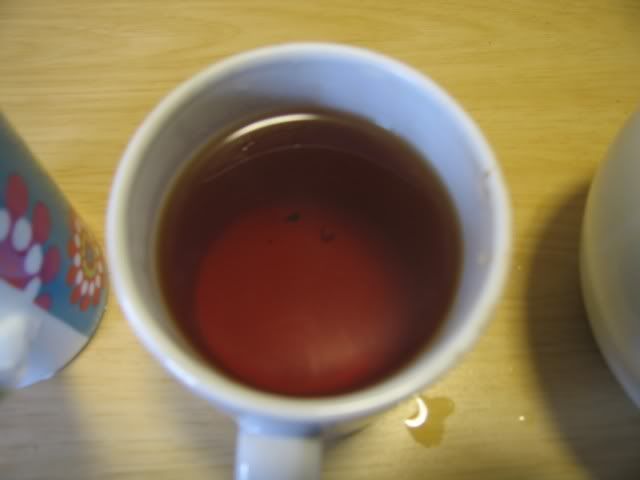
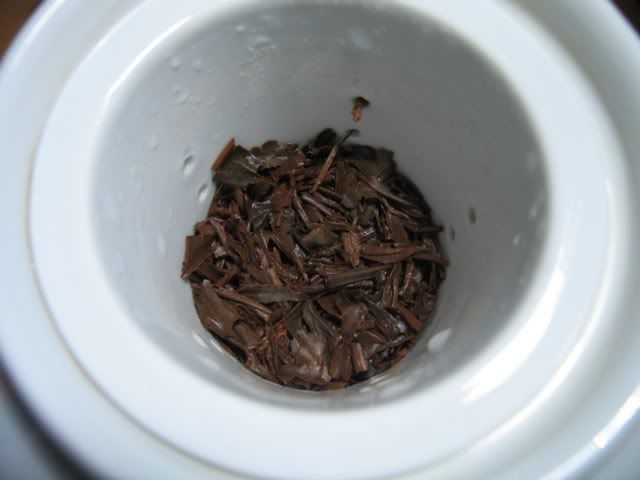

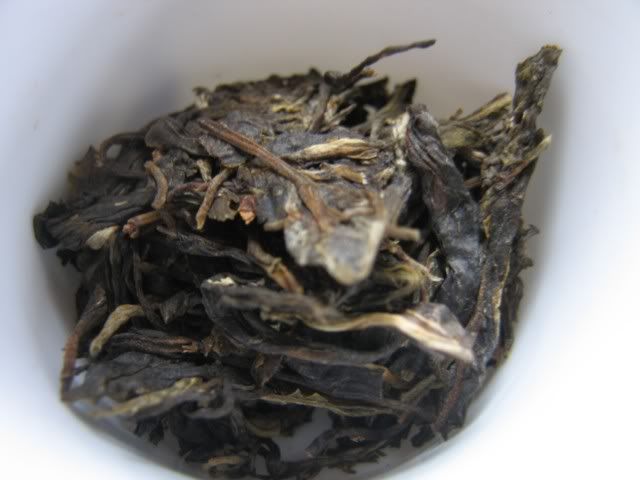








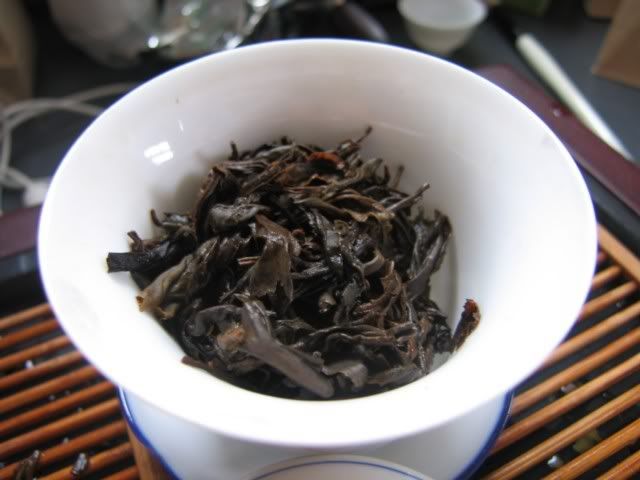
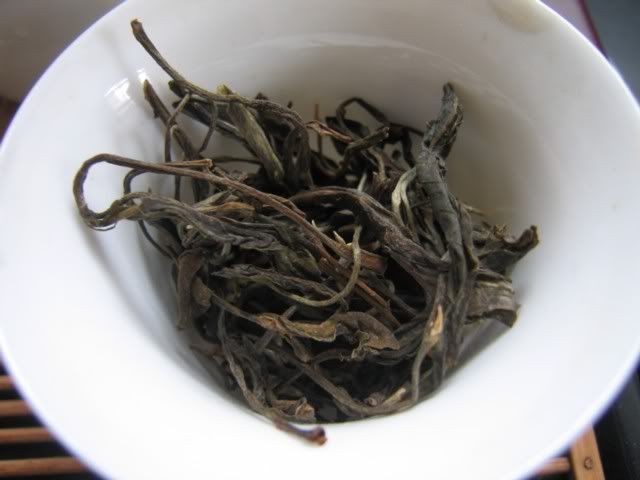
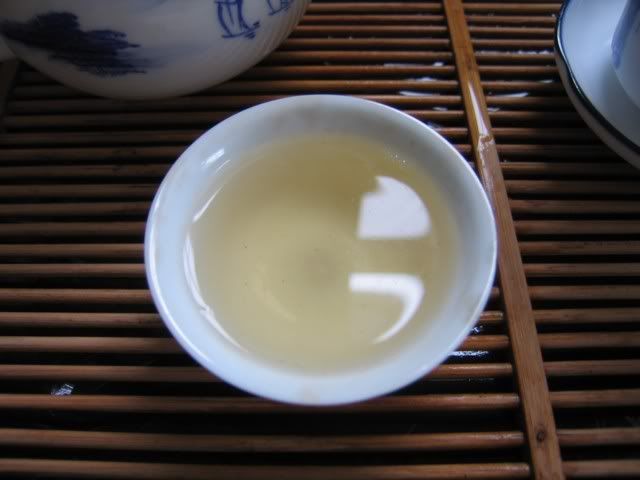
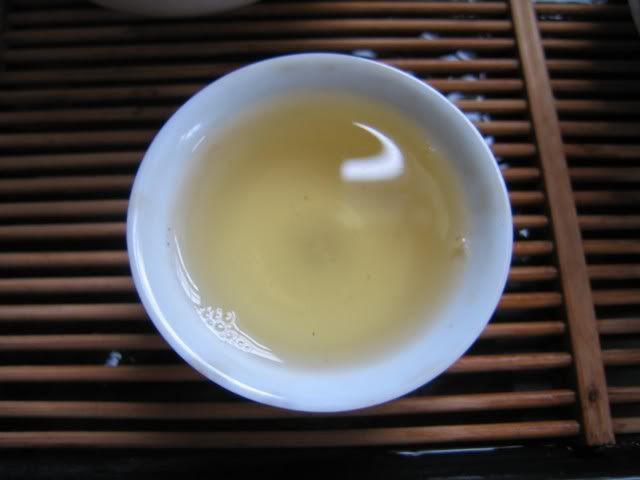
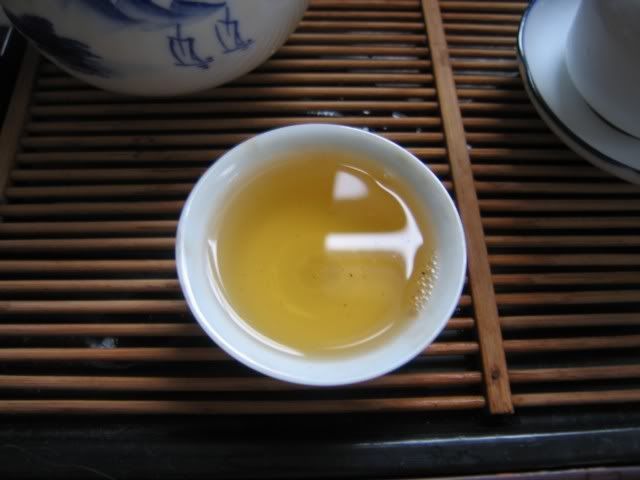

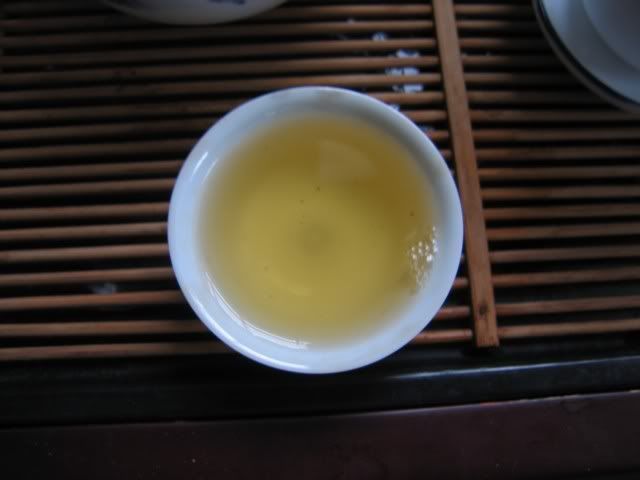
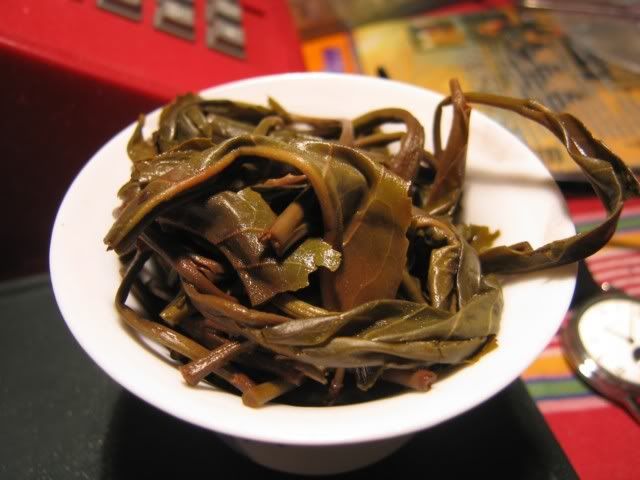
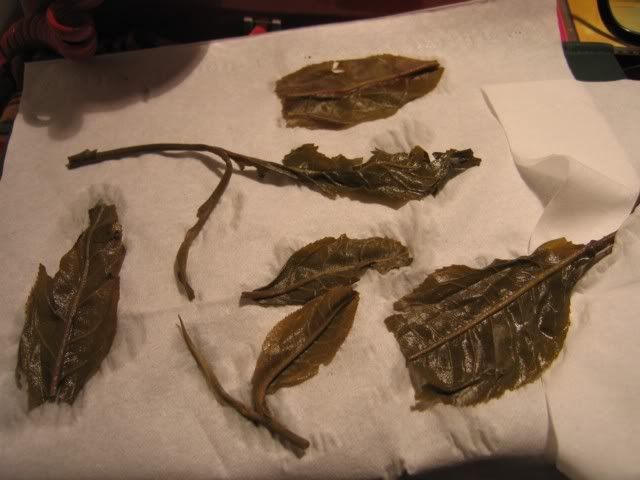
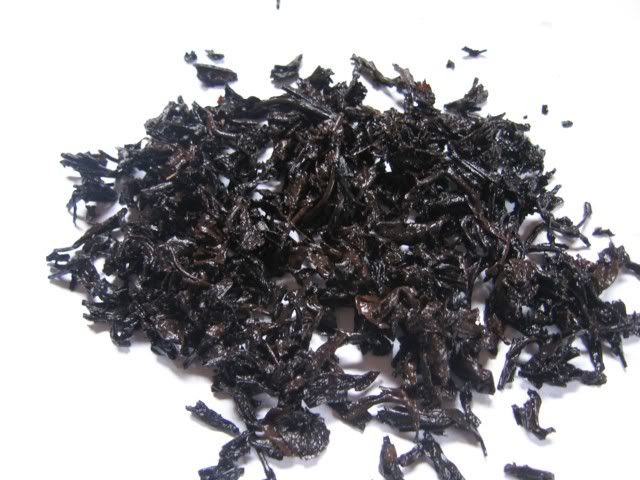
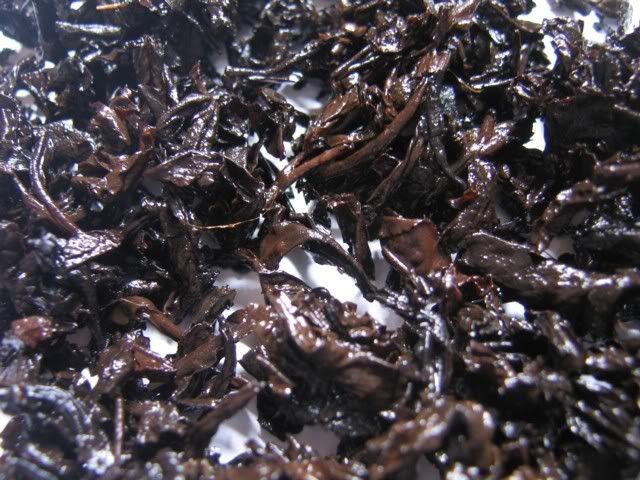
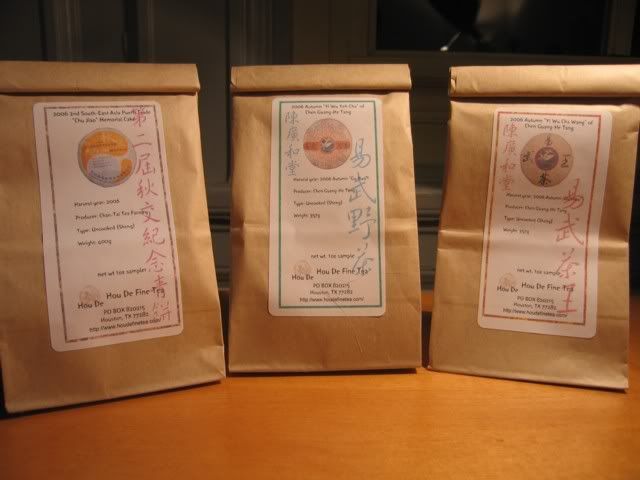
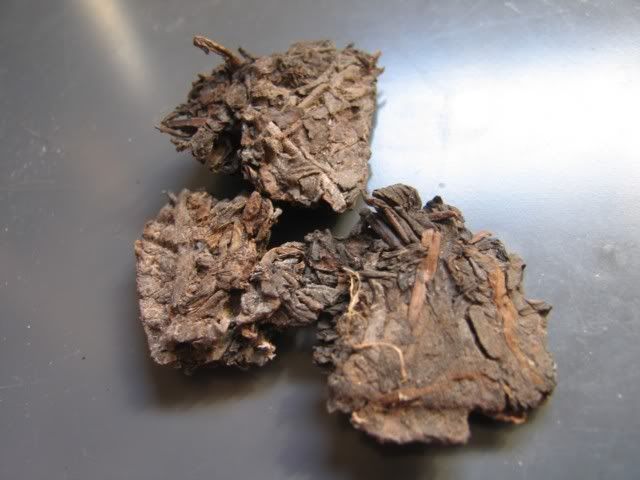
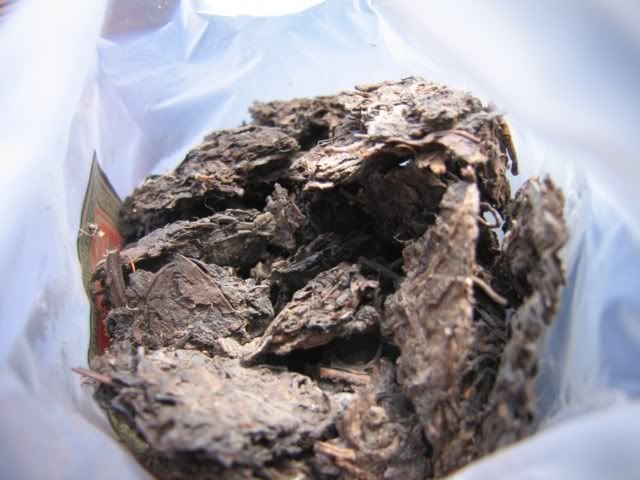
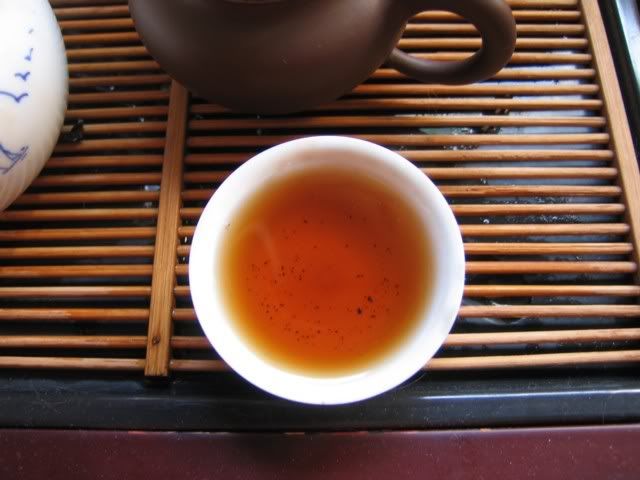
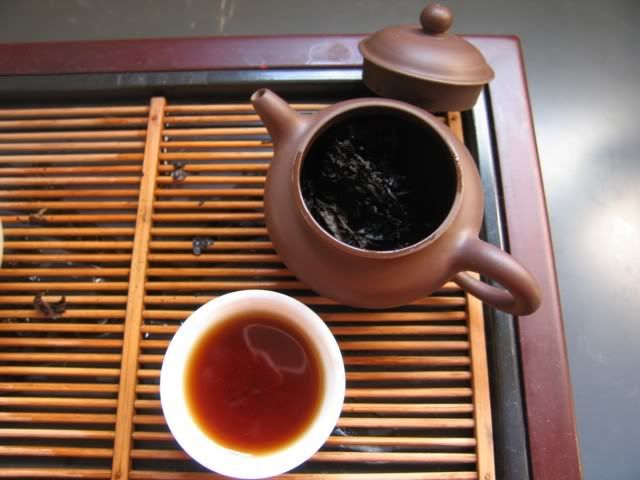
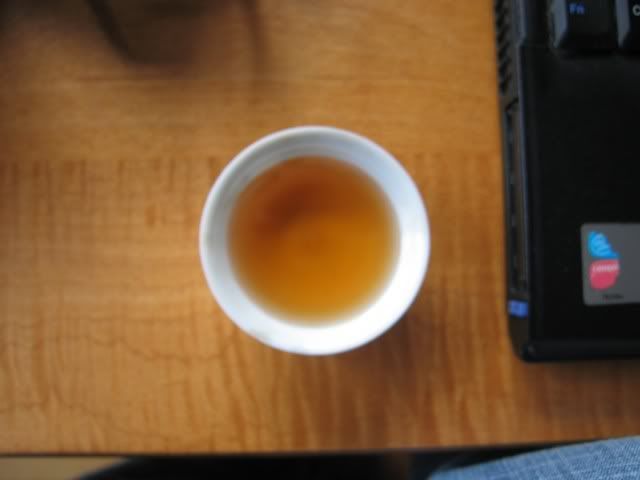
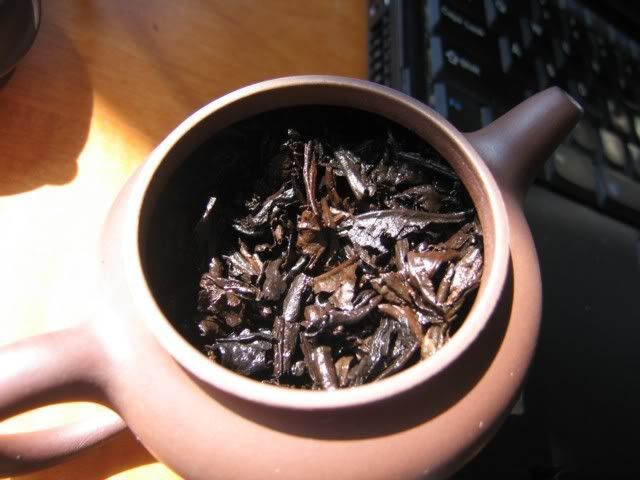
Yeah whisky prices have been leaking too, as well as luxury watches. I wrote a post maybe a decade ago…